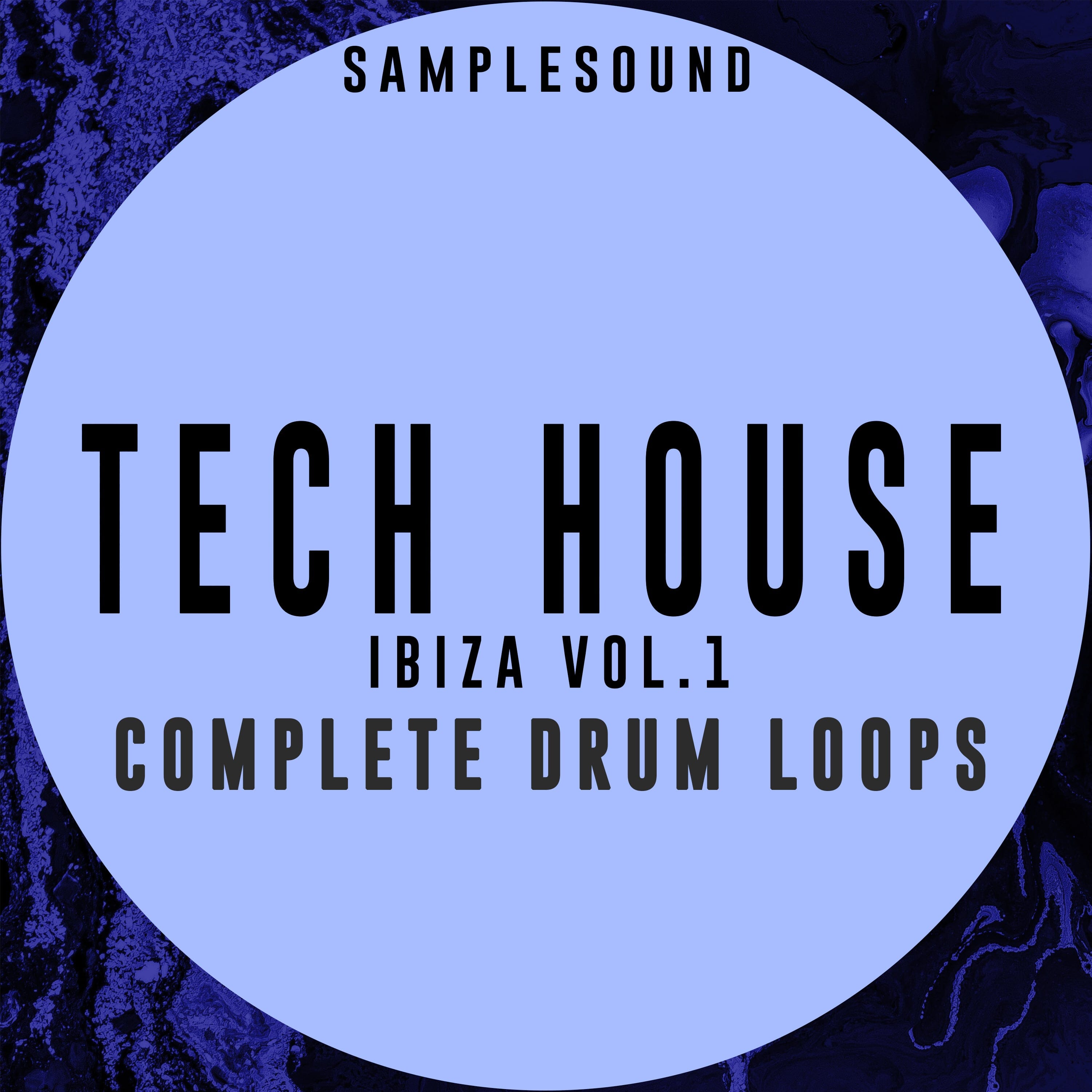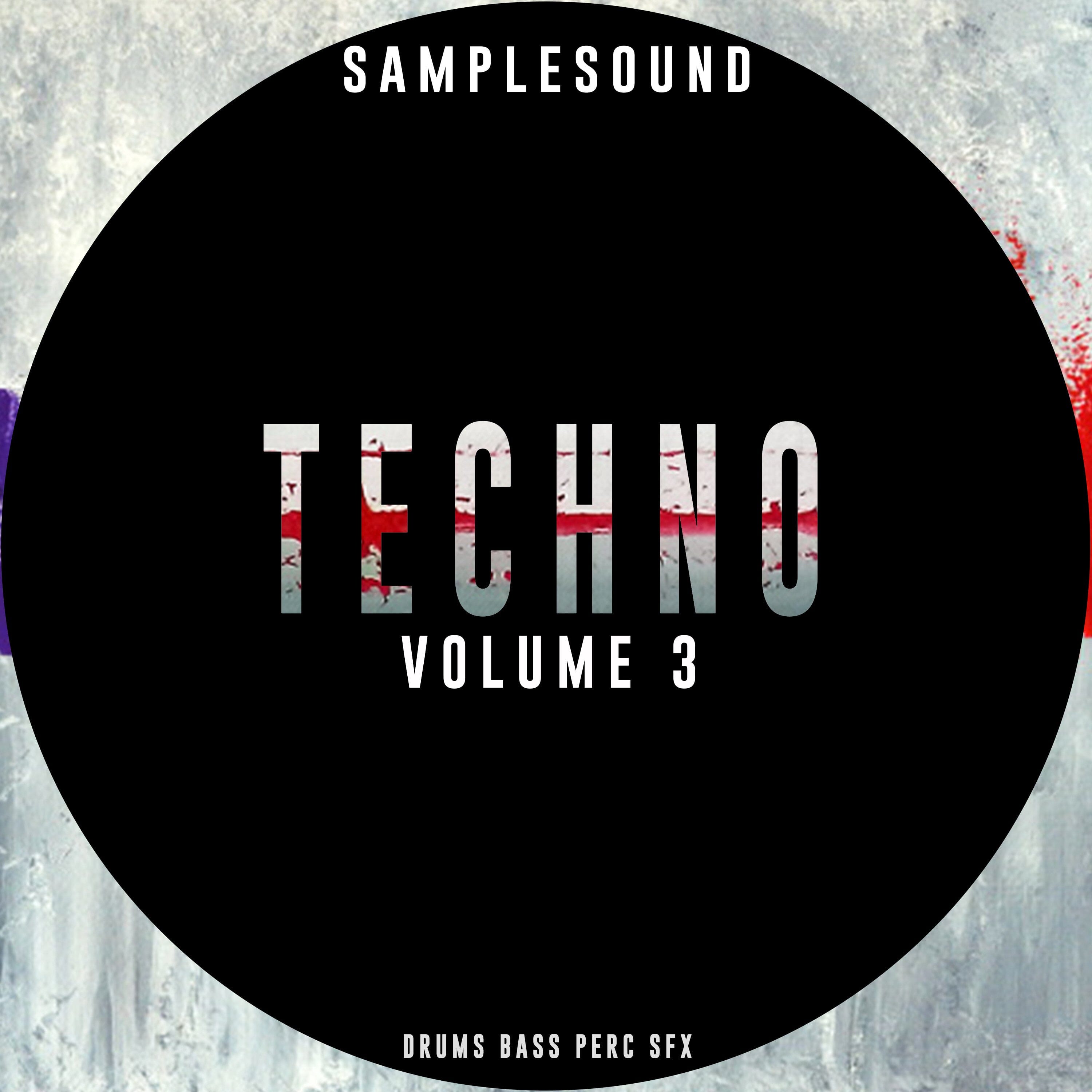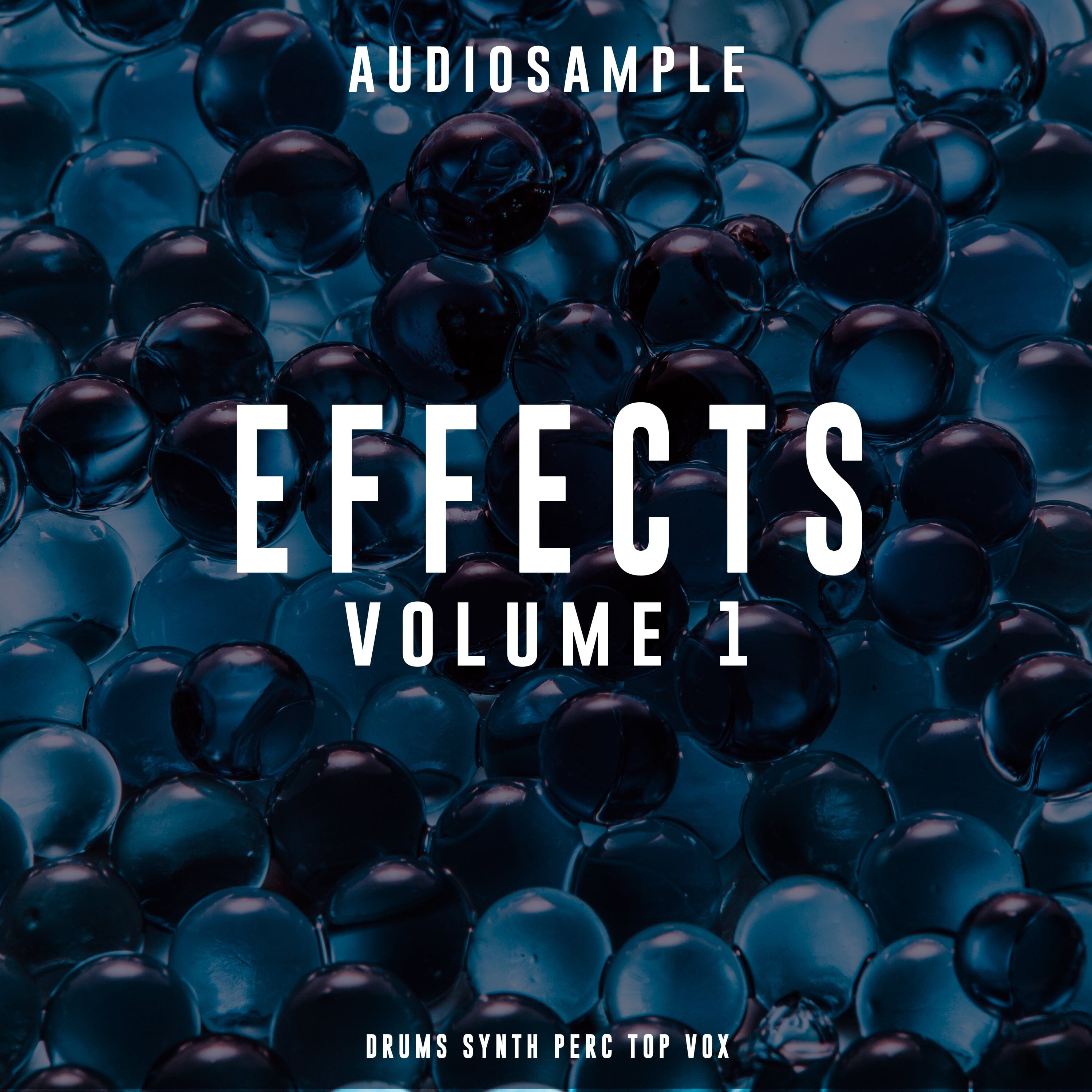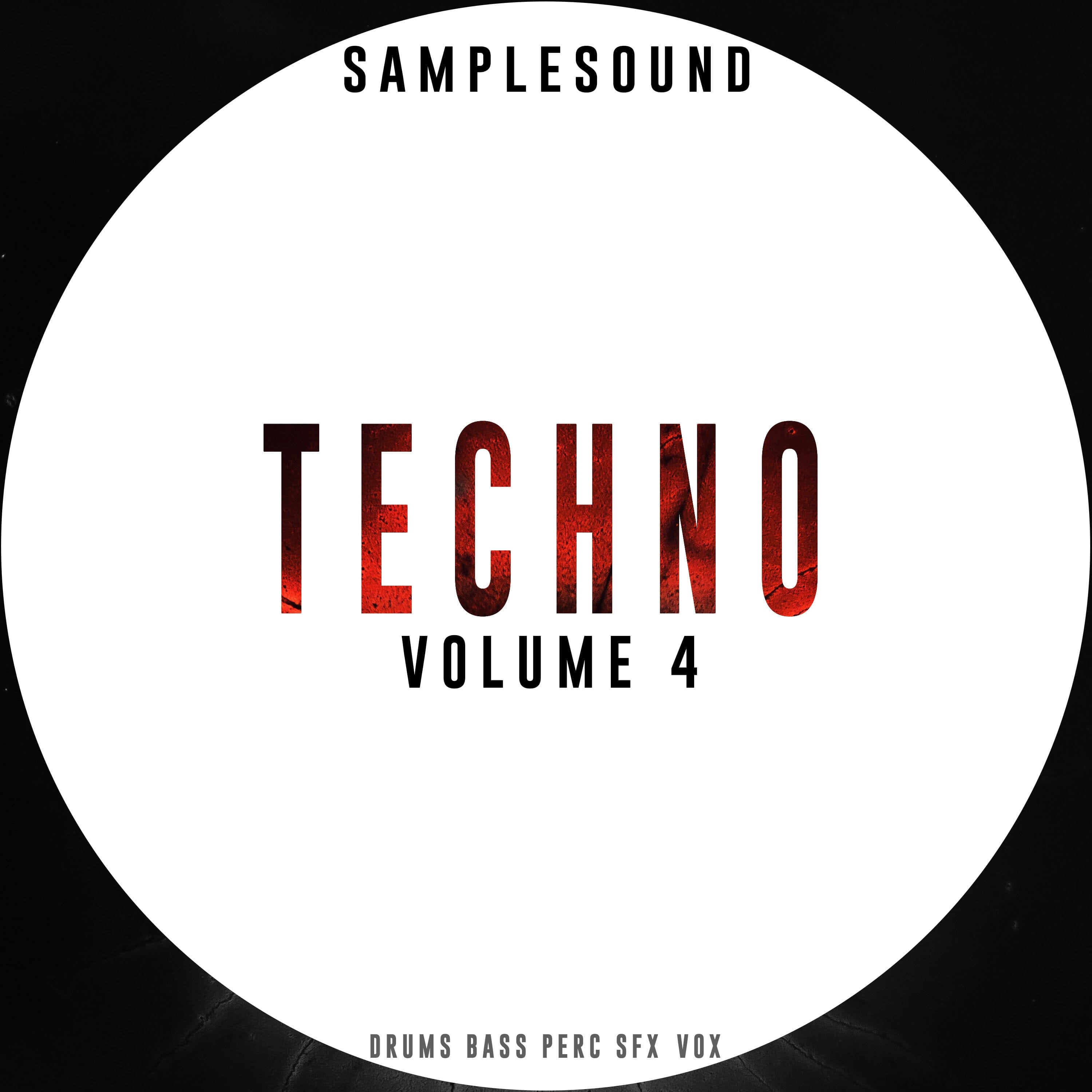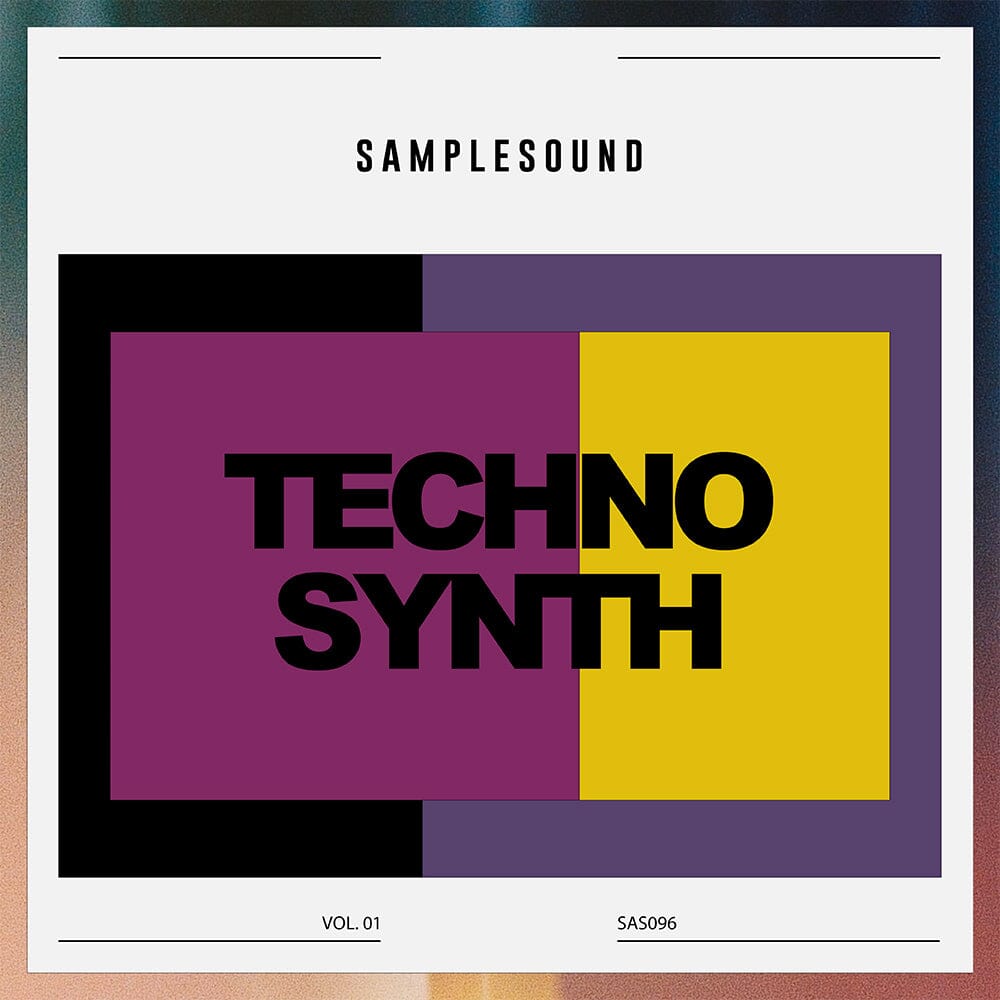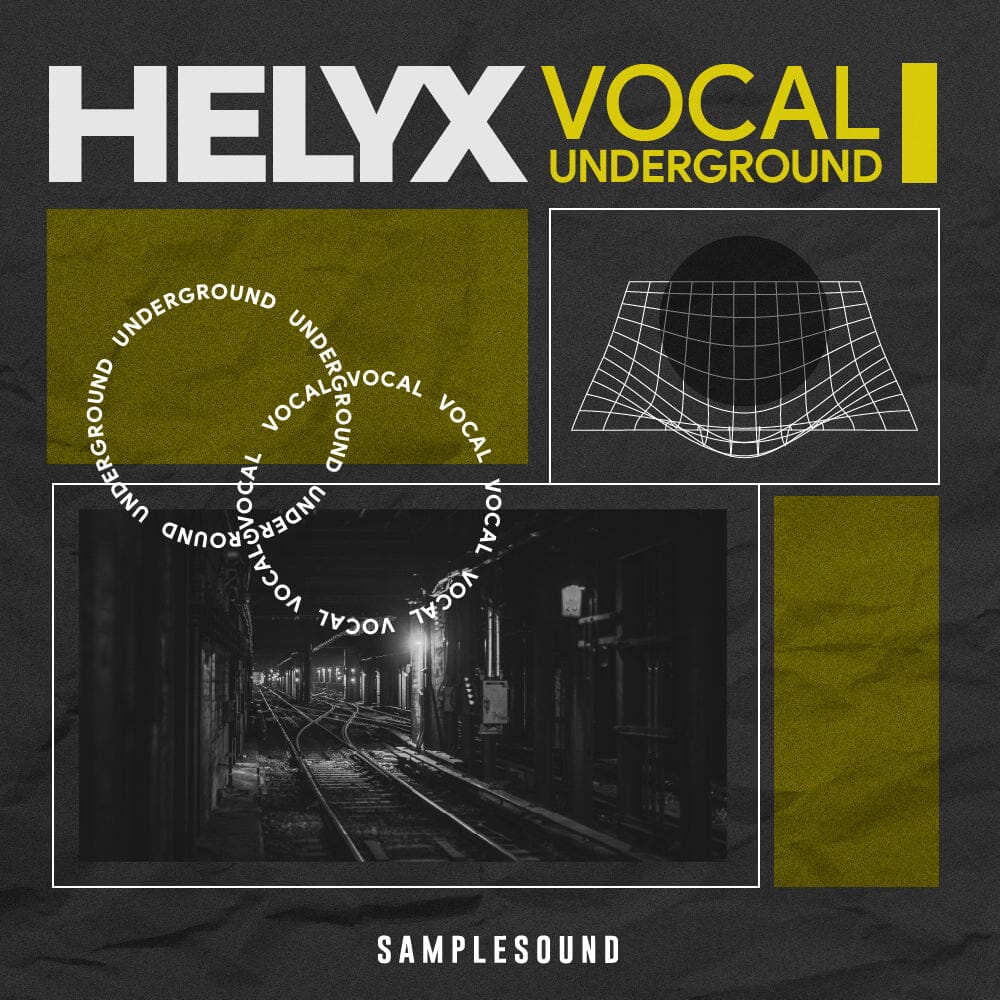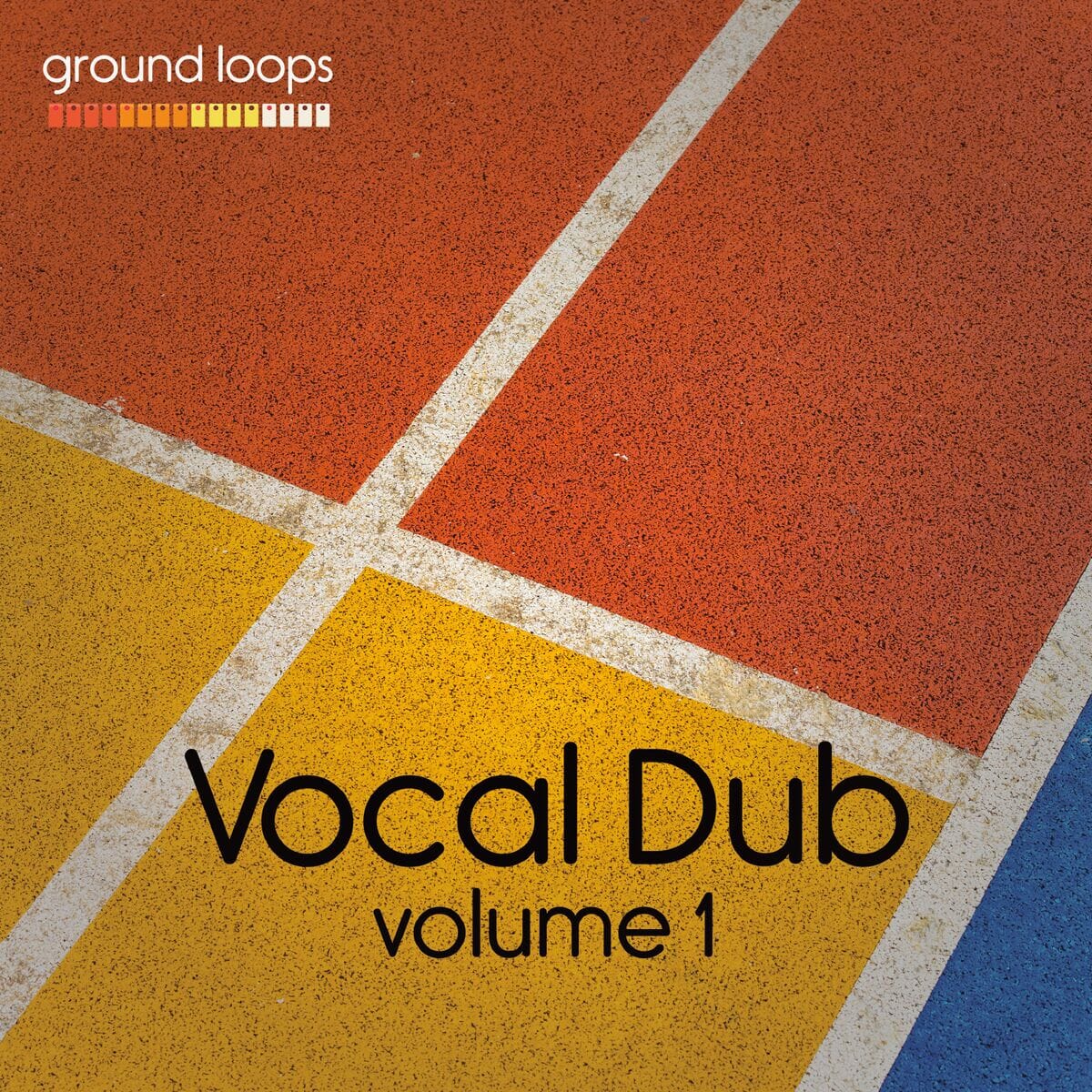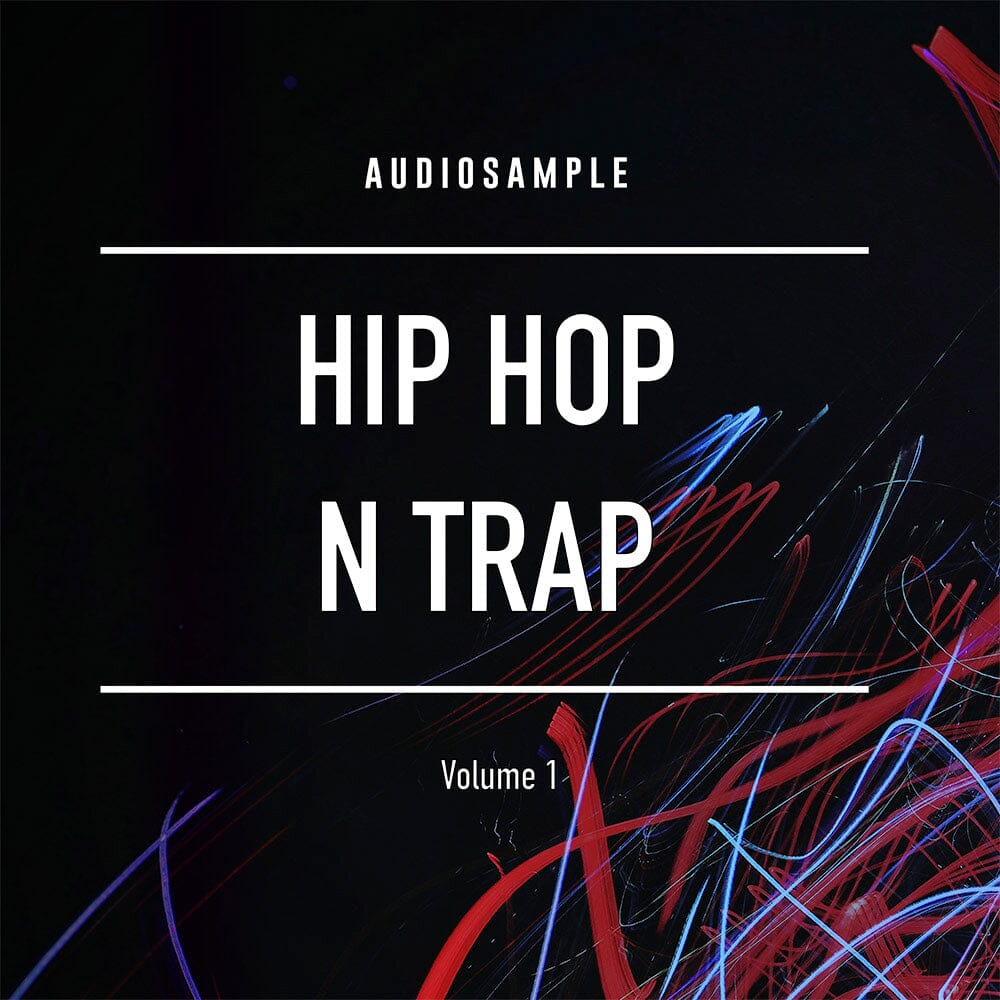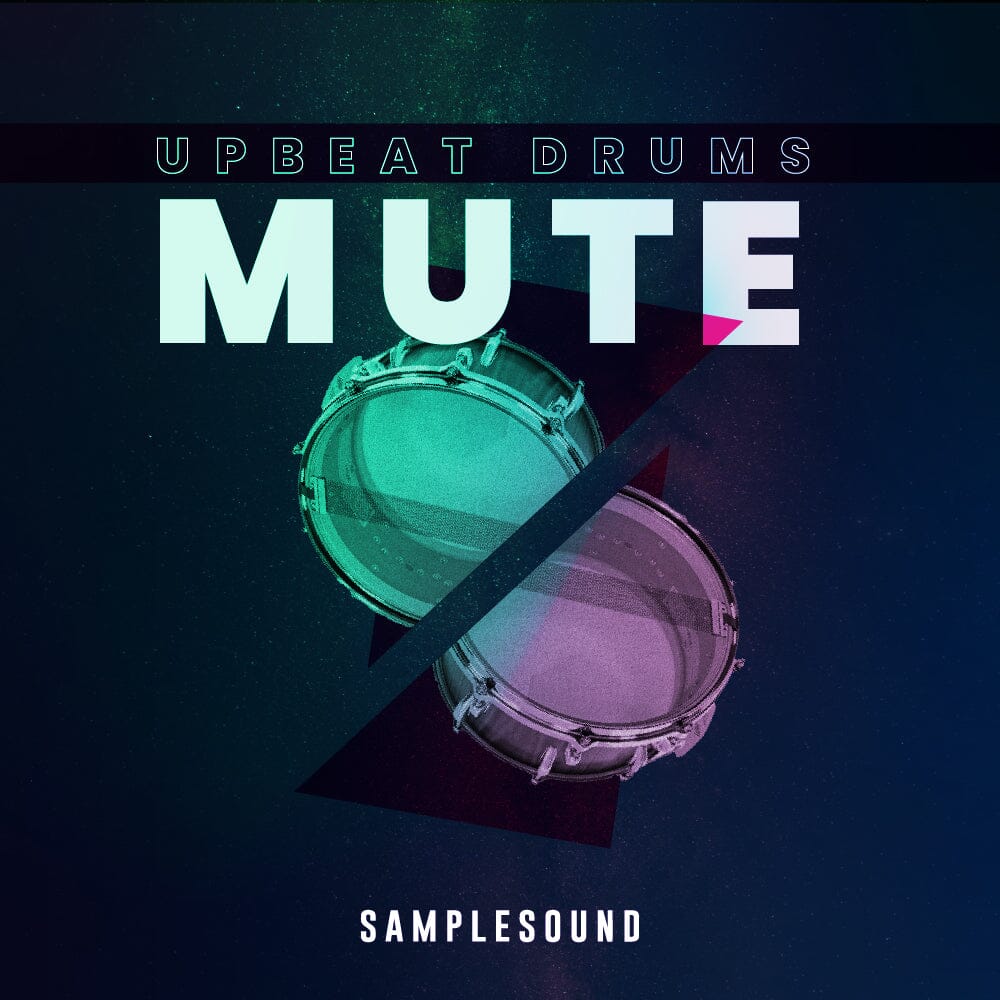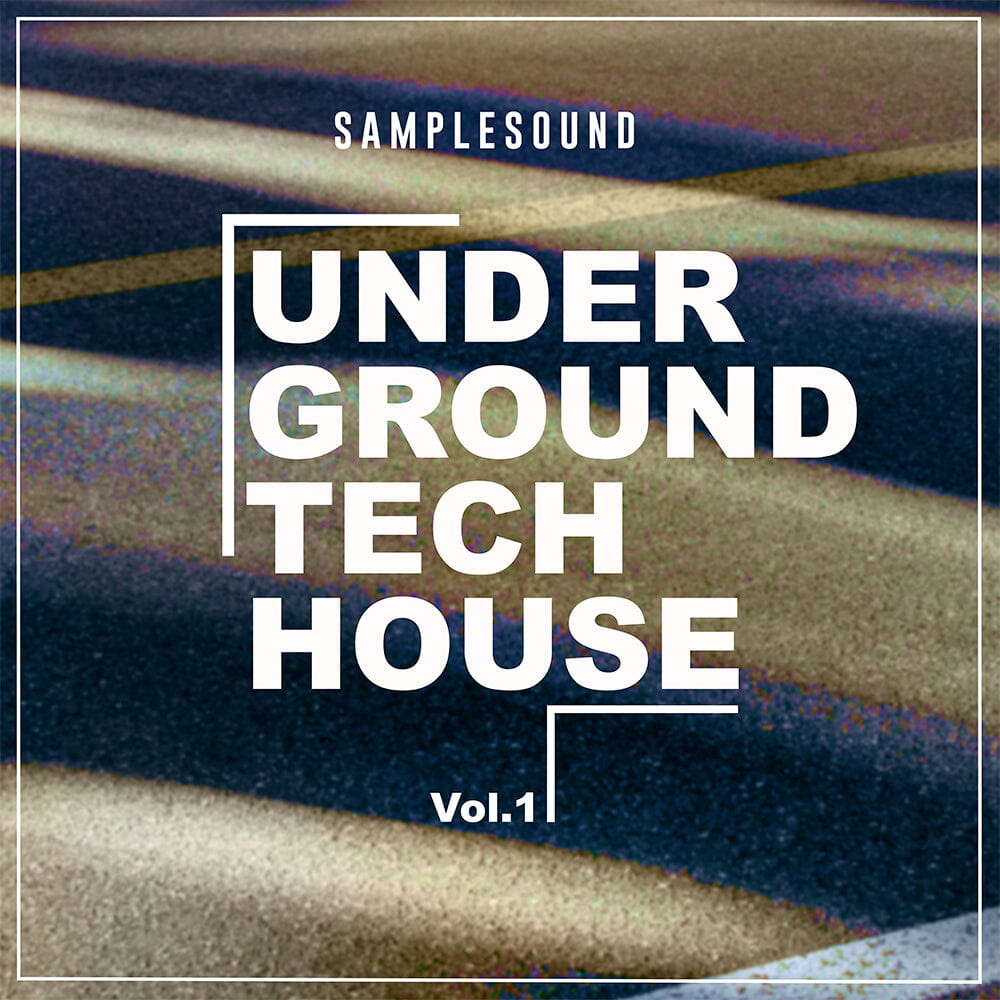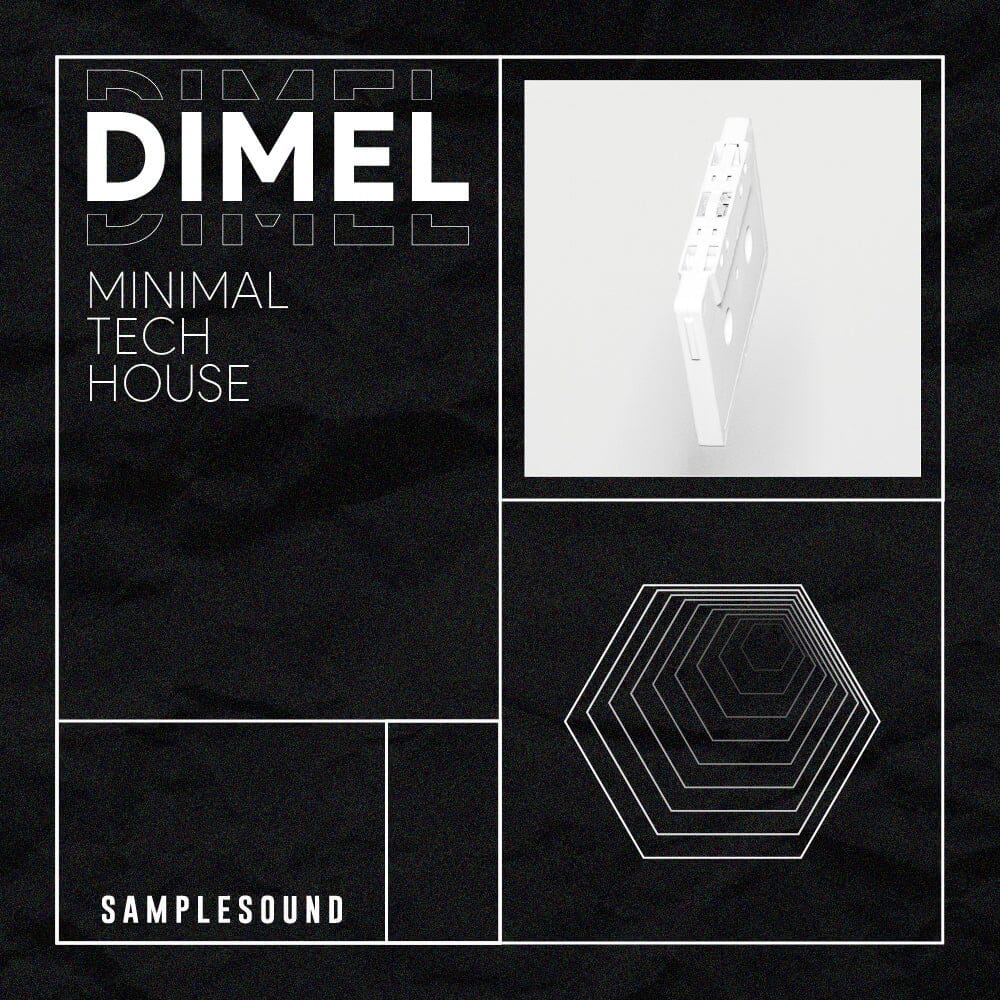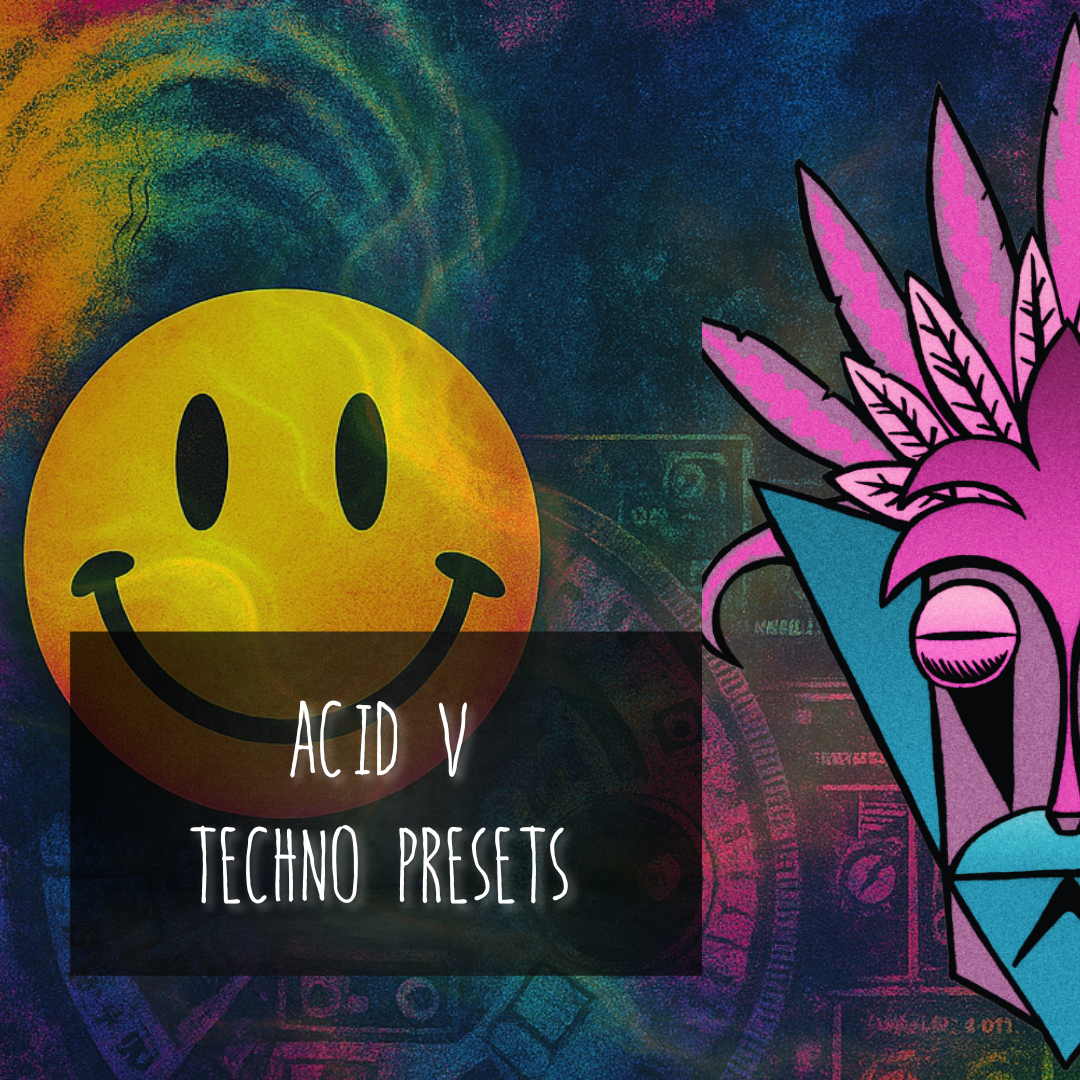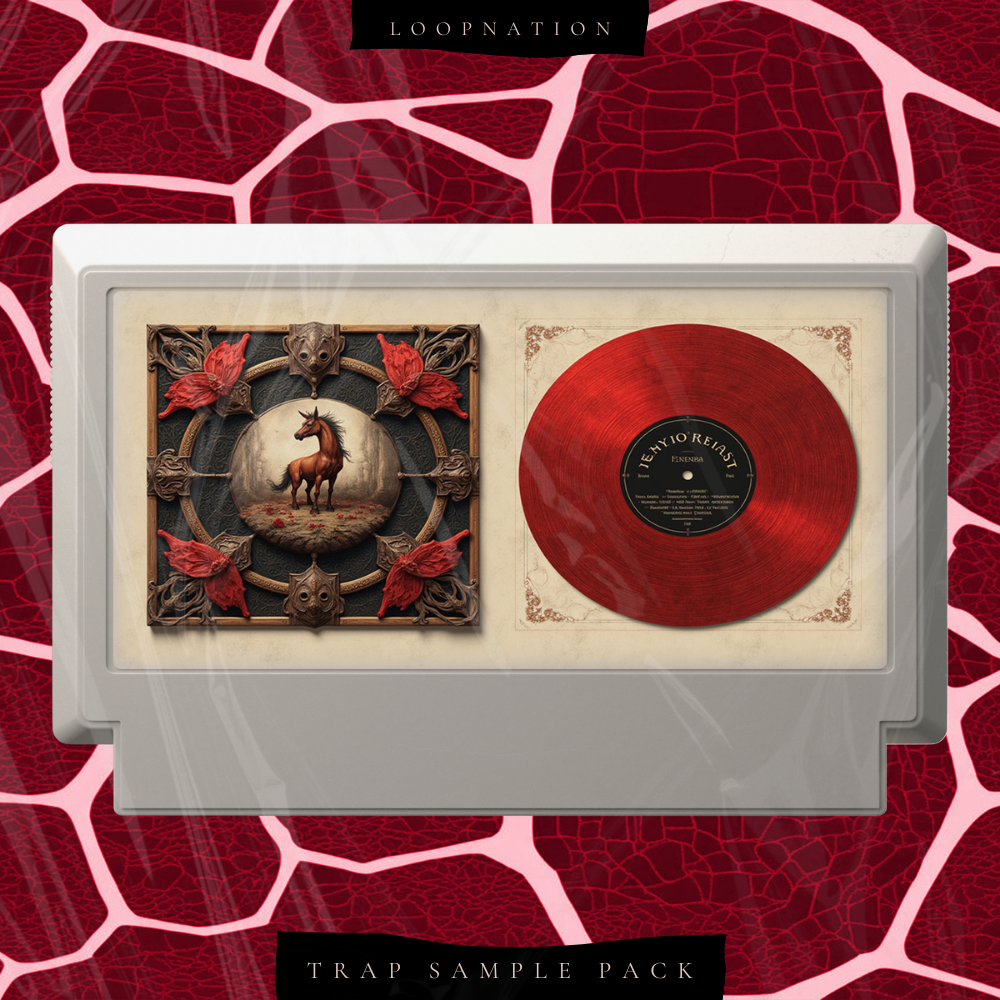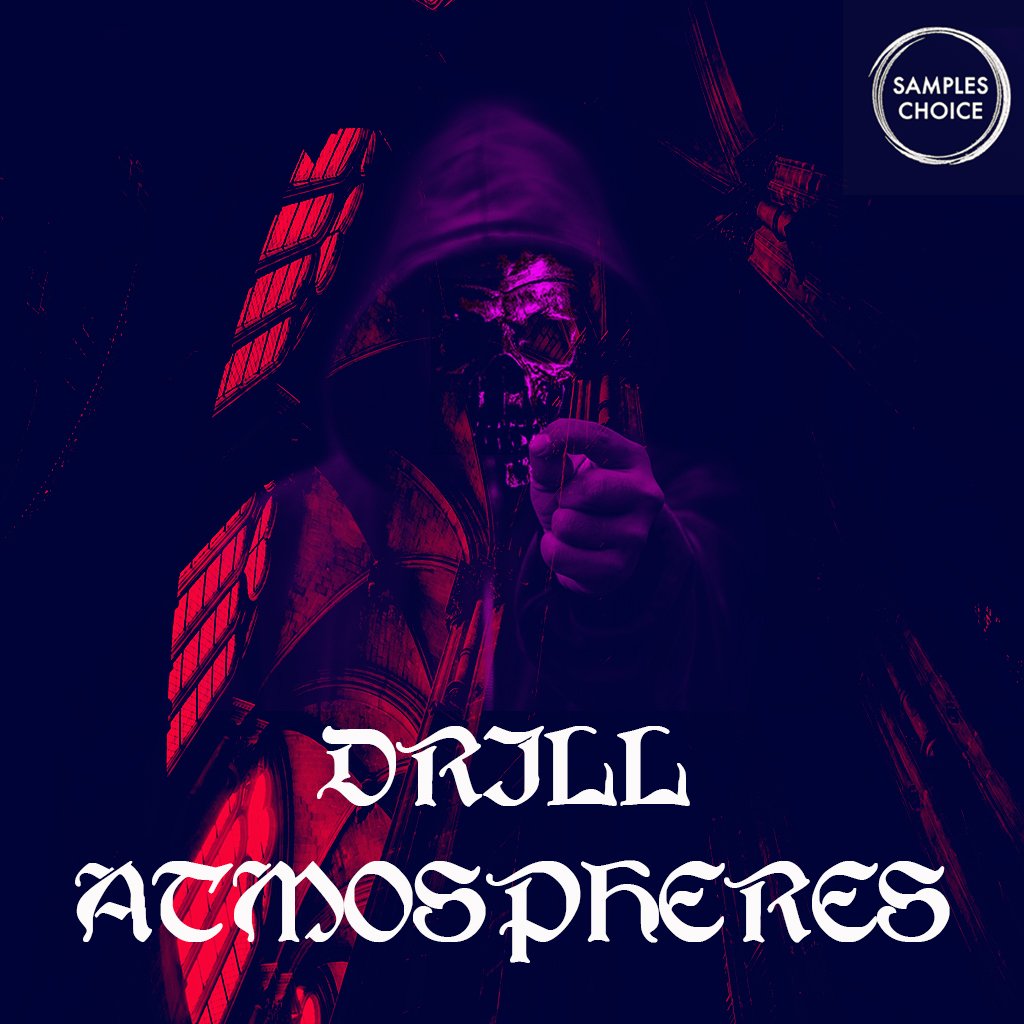Minimal Tech and Its Evolution
Minimal tech has cemented itself as a distinctive subgenre within the broader spectrum of techno music. Known for its stripped-down, precise soundscapes and hypnotic rhythms, minimal tech draws listeners into a focused auditory experience that emphasizes subtlety and texture over complexity. This article explores the historical development of minimal tech, delves into genre comparison with related styles, and traces its rise from early influences to its current vibrant scene.

Origins of Minimal Tech: Early Influences and Context
The roots of minimal tech are deeply embedded in the wider history of techno. Emerging in the early 1990s, minimal tech was shaped by the fusion of Detroit techno’s mechanical grooves and the sparse, repetitive DJs’ approaches in European dance clubs. Influences from electronic pioneers and acid house scenes contributed to creating a sound that valued precision and restraint, setting it apart from the more maximalist tendencies coming from other subgenres.
This minimal approach was a response to both technological advancements and cultural shifts, as producers began exploiting new digital tools to craft tracks that focused on groove and subtle changes rather than dense layers.
Microhouse: The Precise Sound That Shaped Minimal Tech
Microhouse, often considered a sister genre to minimal tech, significantly contributed to the latter’s development. Characterized by its minimalist beats combined with warm, melodic elements and frequent glitchy textures, microhouse brought a nuanced approach to minimalism in dance music.
While microhouse embraced more melodic and organic sounds, minimal tech often stayed closer to the mechanical and hypnotic roots of techno, yet the two genres influenced each other significantly. This interconnection helped push minimal tech to explore new sonic territories, offering producers additional palettes to work with.
Key Artists and Labels in Minimal Tech History
The history of minimal tech is marked by influential artists and labels who pioneered its signature sound. Producers like Richie Hawtin, Ricardo Villalobos, and Magda were pivotal in defining the minimal aesthetic, focusing on elongated grooves and subtle textural shifts.
Labels such as Minus, M_nus, and Perlon provided the essential platforms for minimal tech’s growth, releasing groundbreaking tracks that shaped the genre’s canon. These labels helped spread minimal tech beyond underground scenes, attracting a global following.
Genre Comparison: Minimal Tech vs. Other Techno Styles
A key aspect of understanding minimal tech is placing it in context alongside other techno subgenres:
- Detroit Techno: Rawer and often more soulful, Detroit techno incorporates futuristic sounds and rich, machine-driven rhythms, whereas minimal tech favors a pared-back approach.
- Tech House: This blends elements of house with techno, introducing funkier basslines and a more dancefloor-friendly vibe compared to minimal tech’s hypnotic and deliberate pacing.
- Microhouse: As mentioned, microhouse leans more melodic and glitch-oriented, distinct from minimal tech’s focus on rhythm and minimalism. However, both share a love for subtle intricacies.
This comparison highlights minimal tech’s unique identity within the electronic music landscape, balancing simplicity with depth.
Technological Innovations Impacting Minimal Tech
Advancements in music production technology played a crucial role in the evolution of minimal tech. The proliferation of affordable digital audio workstations (DAWs), drum machines, and synthesizers enabled producers to craft tight, repetitive patterns with precision.
Hardware like the Roland TR-909 and software plugins allowed for manipulation of minimal sound elements, fostering experimentation with texture and space. These innovations empowered minimal tech creators to focus on micro-details, emphasizing subtle changes over time.
Resources such as Samplesound’s collection of software plugins offer modern producers tools inspired by classic equipment, helping to maintain the genre’s signature sound while pushing creative boundaries.
Minimal Tech in the 2000s and 2010s: Growth and Mainstream Integration
During the 2000s and into the 2010s, minimal tech experienced significant growth, moving from niche underground parties to wider festival stages and mainstream electronic music events. This period saw a blossoming of creativity guided by new label signings and artists experimenting with the boundaries of minimalism.
The genre's emphasis on groove and hypnotic repetition attracted a diverse audience, and its crossover into mainstream electronic music brought greater recognition and influence. Hybrid sounds emerged, with some artists incorporating elements from deep house and melodic techno, enriching minimal tech’s landscape.
The Current State of Minimal Tech: Trends and Influences
Today, minimal tech remains a vibrant and evolving genre. Leading artists continue to innovate, blending traditional minimal principles with modern production techniques and diverse influences from global electronic scenes.
The use of both vintage and cutting-edge equipment shapes the ongoing sound, while digital platforms and communities actively support the genre’s spread. Labels releasing minimal tech maintain a dedicated following, with new talent emerging regularly.
For producers looking to explore or master minimal tech sounds, Samplesound’s Minimal Sample Pack offers high-quality, genre-specific samples essential for creating authentic tracks in this style.
Conclusion: The Legacy and Future of Minimal Tech
Minimal tech’s impact on the techno landscape is undeniable. From its beginnings rooted in early techno and microhouse influences to its current dynamic scene, it has shaped listeners’ perceptions of rhythm and sound design.
As technology progresses and global music cultures interconnect, minimal tech is poised to continue evolving, maintaining its ethos of focused simplicity while embracing new creative possibilities. Its legacy as a genre prioritizing precision and minimalism ensures it remains a vital component of electronic music’s future.
FAQ
What distinguishes minimal tech from other techno subgenres?
Minimal tech emphasizes stripped-down, repetitive rhythms, and subtle sound design, focusing on minimal elements rather than complex layering, setting it apart from more maximalist or melodic techno styles.
How did microhouse influence minimal tech?
Microhouse contributed melodic and glitch textures to minimal tech’s sound, encouraging experimentation with subtle detail and organic rhythms while maintaining the genre’s minimalist framework.
Who are some key minimal tech artists to listen to?
Influential artists include Richie Hawtin, Ricardo Villalobos, and Magda, all known for shaping the minimal tech sound through innovative production and DJing.
What role has technology played in minimal tech’s development?
Technological advancements in synthesizers, drum machines, and software plugins allowed producers to craft precise, minimal patterns and experiment with texture, deeply influencing the genre’s evolution.
Where can producers find quality resources for minimal tech production?
Producers can explore specialized sample packs and software plugins like those available from Samplesound’s Minimal collection or their software plugins page for essential tools tailored to the genre.


